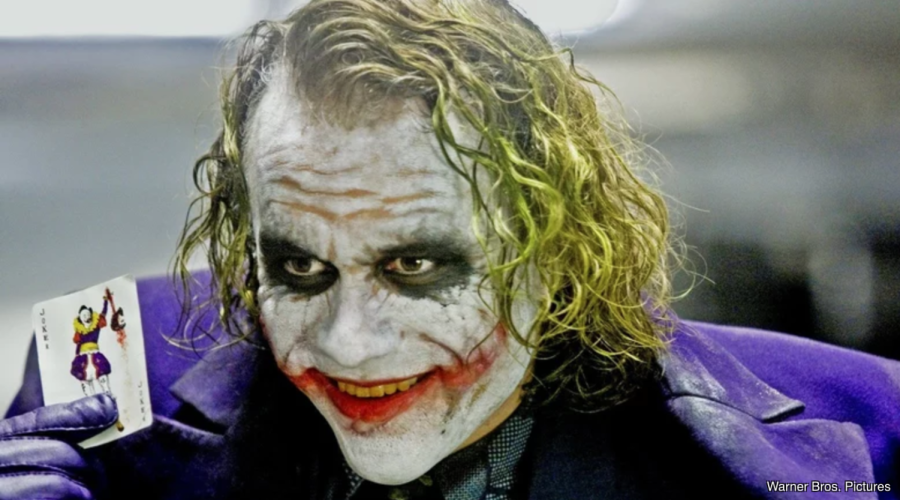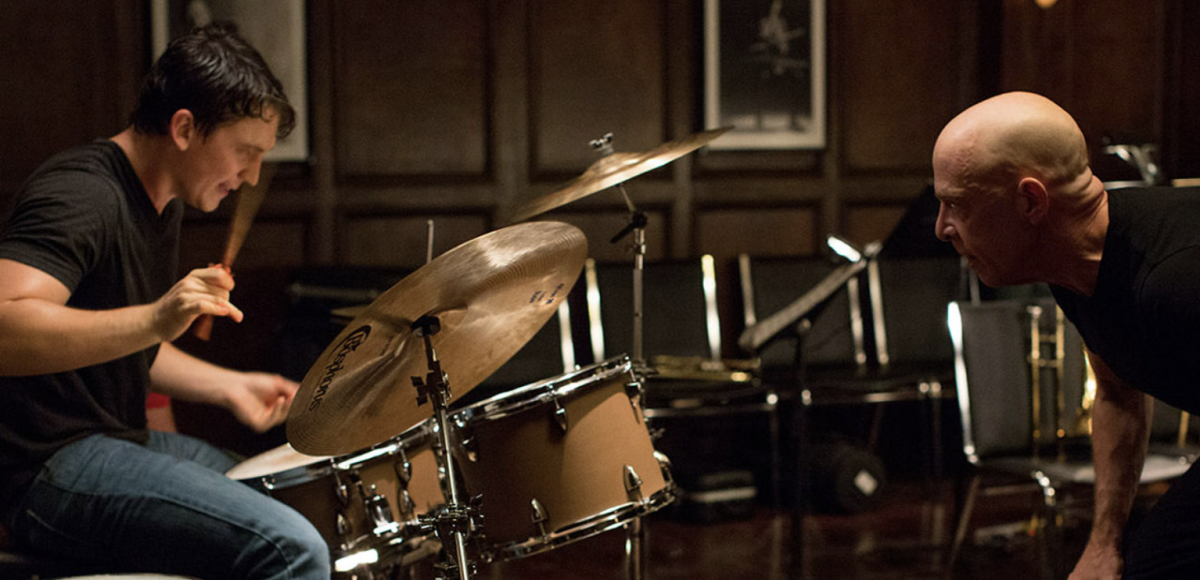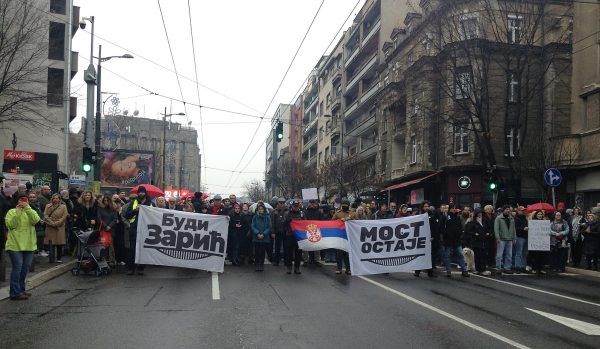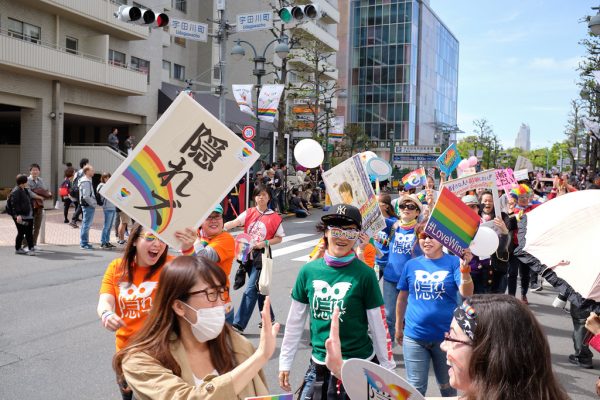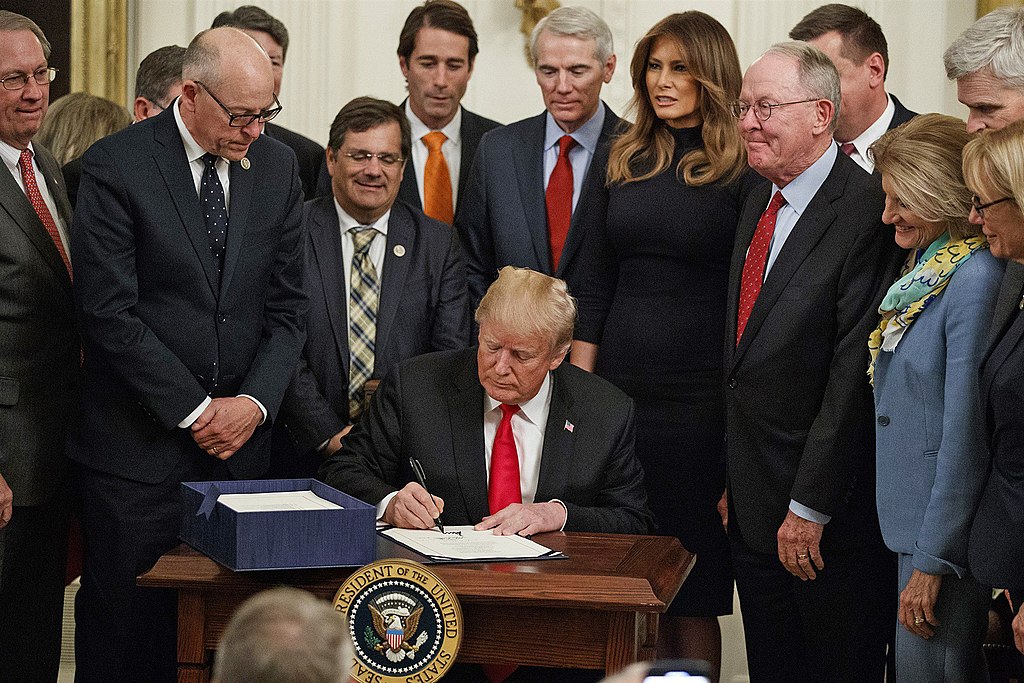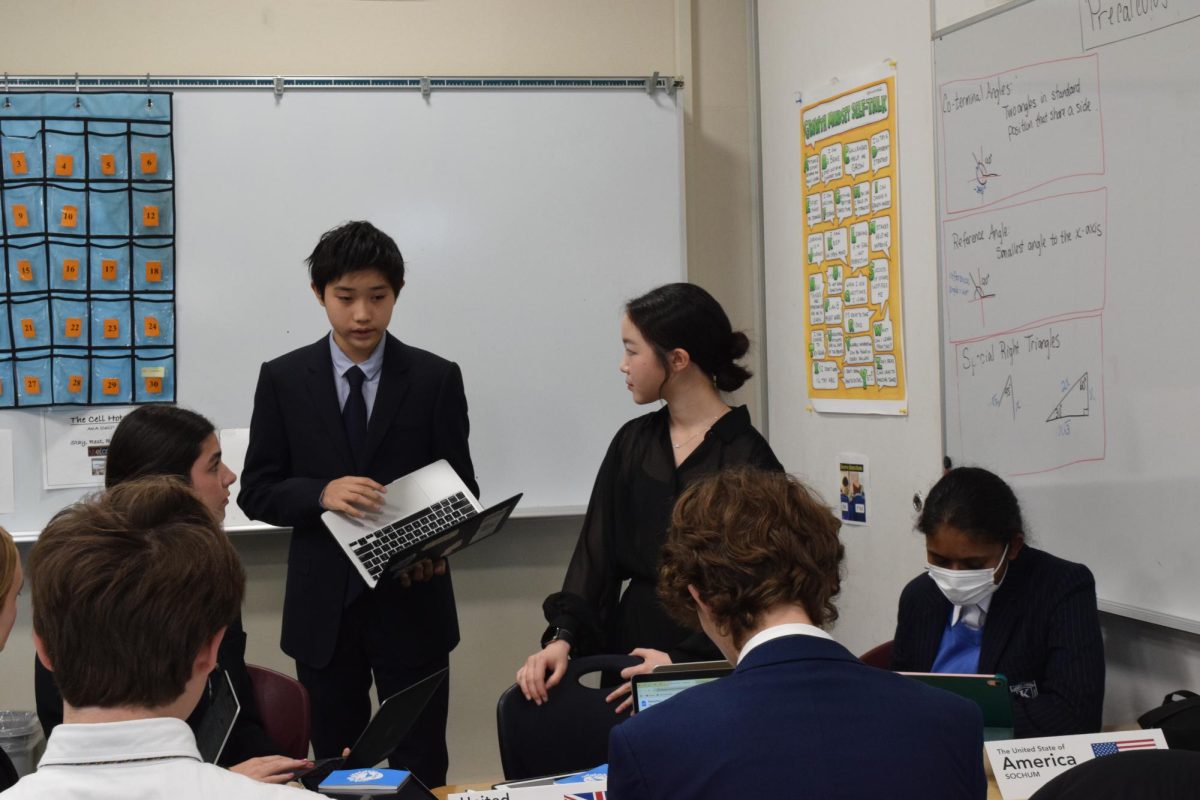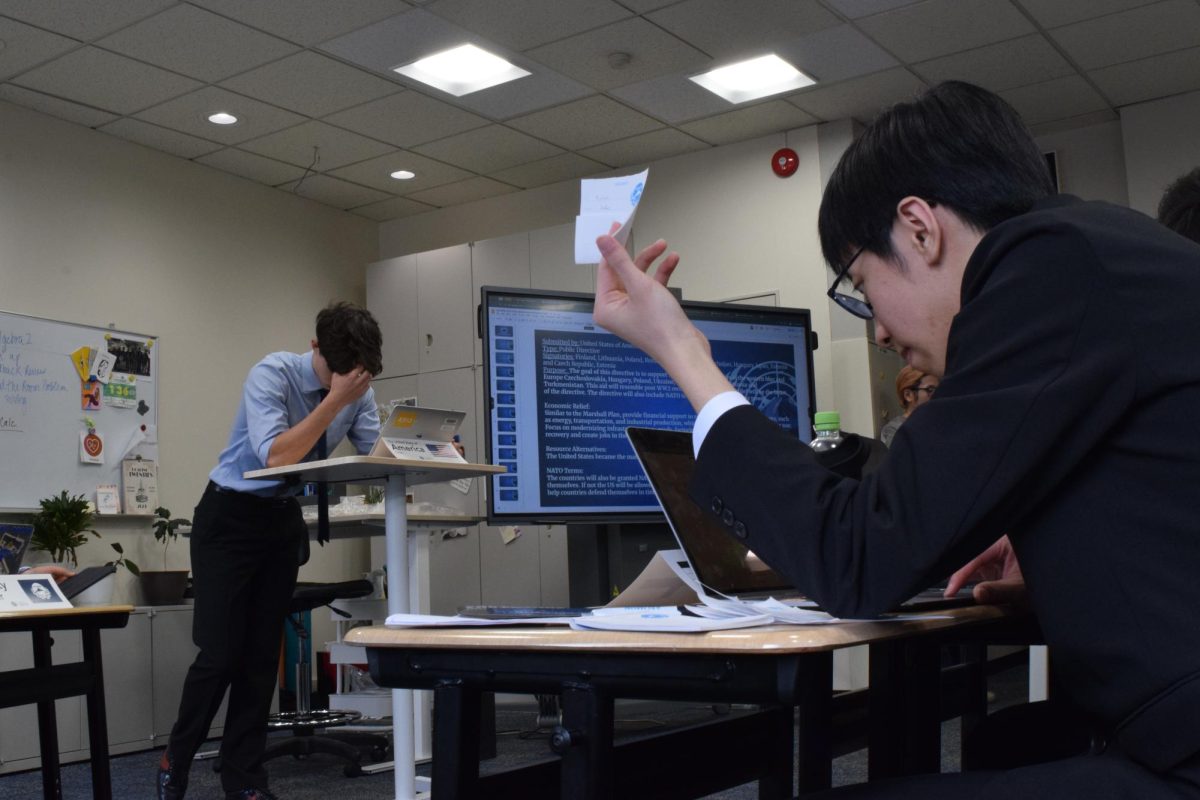The Morality of The Dark Knight
June 8, 2022
Disclaimer: The following article contains spoilers for the movie The Dark Knight
Directed by Christopher Nolan, the second installment of his Batman series was released on August 2, 2008. In The Dark Knight, Batman faces a new villain, the Joker, whose one purpose is to bring Batman and society to their knees.
Throughout the film, the Joker is somehow always one step ahead, achieving things that seemingly would be impossible, always having the last laugh. He ends up forcing Batman and the police into difficult situations and winning on multiple occasions.
At first, I thought the Joker’s omnipotence was a bit of a flaw: how could one mortal man be so invincible and all-knowing? The Joker could reach anyone, anywhere, anytime, nearly killing the Mayor despite a full entourage of bodyguards present.
But the more I thought about it, the more I realized that Nolan intentionally made him so powerful. By making the Joker a fundamental force of chaos, rather than just a random deranged man, Nolan creates more situations that raise moral questions and explore controversial themes.
In one scene, Joker rigs two ferries to blow up at 12 a.m., one of which contains prison convicts and the other regular citizens. Each ferry has a detonator to blow up the other ferry which, when pressed, would save their own. If neither ferry kills the other by midnight, they are both destroyed.
The Joker has essentially set up a social experiment to see if one group would kill another to save itself and whether that would be the “good” or “bad” citizens. From a utilitarian point of view, it is morally acceptable for either boat to go through with this action, because at least half the lives would be saved. Yet the idea of condemning people to die seems, at least intuitively, immoral.
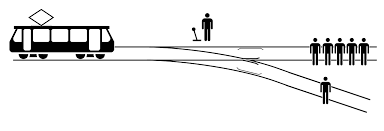 The whole situation can be thought of as an extension of the trolley problem: imagine a trolley is headed down to track to kill four people. You, a bystander, have the ability to switch the trolley to another track that has two people on it. Switching the track would save two lives in total, but you would have essentially chosen to murder the other two. Philosophers to this day debate on whether this is moral or not. The Joker’s experiment plays on this famous philosophical dilemma, transforming the traditional bystander into participants on board the ferry with a vested interest in their own lives.
The whole situation can be thought of as an extension of the trolley problem: imagine a trolley is headed down to track to kill four people. You, a bystander, have the ability to switch the trolley to another track that has two people on it. Switching the track would save two lives in total, but you would have essentially chosen to murder the other two. Philosophers to this day debate on whether this is moral or not. The Joker’s experiment plays on this famous philosophical dilemma, transforming the traditional bystander into participants on board the ferry with a vested interest in their own lives.
The movie uses the scene to speak on certain controversial aspects of society, namely the balance of “good” and “evil” in all people. Contrary to what one might expect, the ferry with the ordinary people comes much closer to activating the detonator than the ferry with convicts.
A middle-aged white-collar worker is convinced he must destroy the other boat to save the people on his, thinking that those citizens lost their right to regular life anyway by becoming convicts. However, he cannot summon the courage to press the button. On the prison ferry, an evil-looking prisoner takes the detonator, says “I’ll do what you should’ve done a long time ago”, and throws it into the water. This person considered evil by society acted, perhaps in some ways, more morally upright than the “innocent” citizens.
The movie is trying to make a point, that not all people who were convicted of a crime or look mean and dangerous, are fundamentally morally corrupt people; they too, have “good” inside of them. On the flip side, not all citizens are necessarily “better” than said convicts simply because they’ve never been to jail; everyone has the capacity for evil.
This outcome surprises the Joker, who only sees the evil in society and wants it to burn. By subverting the Joker’s expectations, the movie casts a ray of hope, implying that society is not as corrupt as some might believe.

